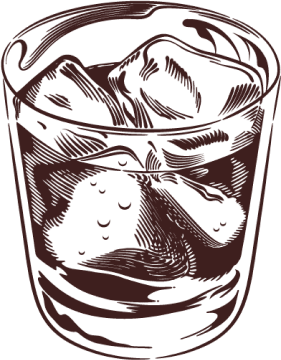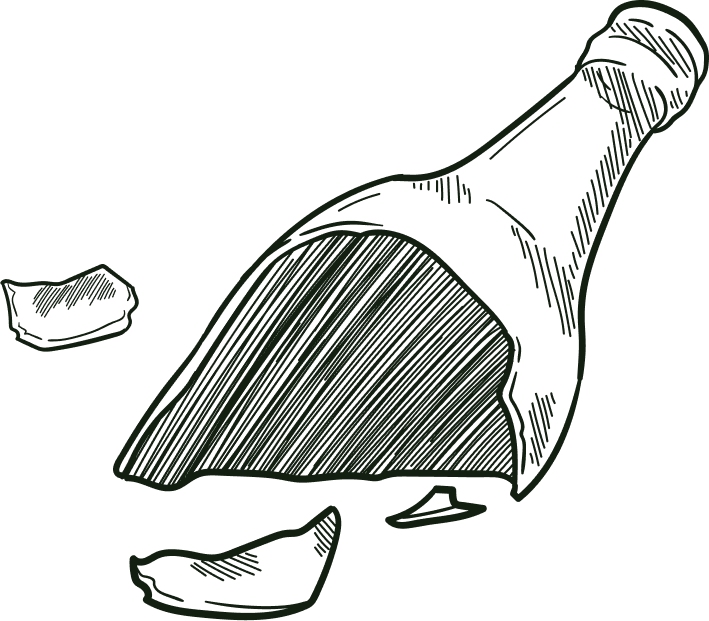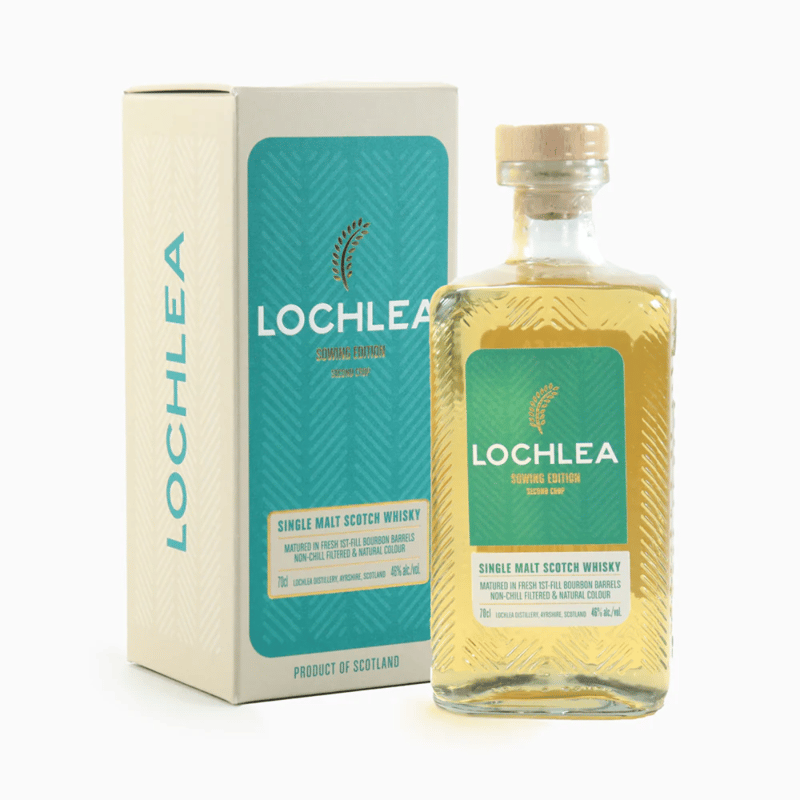We are performing scheduled maintenance. We should be back online shortly. We apologise for any inconvenience caused.
Watchlist
- Reminders
- Whisky
- Blog
${items}
${items}
...
${totalPages}
1
...
${items}
1
...
${items}
...
${totalPages}

We couldn't find any results
Please try again by changing filters or keywords
404s and heartbreaks
We can't find the page you're looking for.
Go Back











-1828e93a-e37e-4ca1-a0cd-262c52e7f061.png/public)